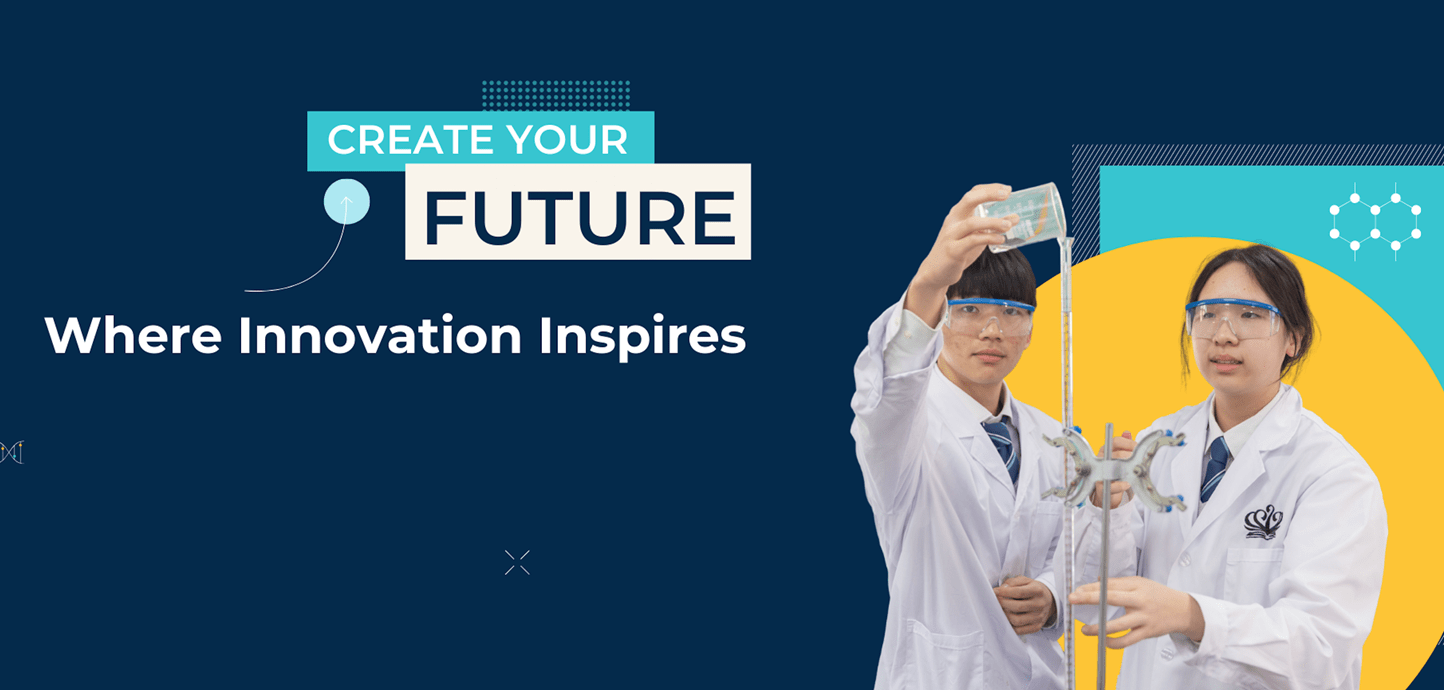
Learning is, by definition, change. It’s what happens when you step from what you know into what you don’t. And that act – that decision to move, to test, to stretch – is innovation.
You cannot learn without being willing to innovate. Innovation is simply learning with intent. It is the conscious act of asking what if? and then being brave enough to find out.
The Courage to Get It Wrong
But it’s rarely comfortable. Innovation means uncertainty, missteps, and revisions. It challenges what we already believe to be true. That great inventor of the 19th century, Thomas Edison, said, “I have not failed. I’ve just found 10,000 ways that won’t work.”
That mindset – the ability to see error as exploration rather than defeat – lies at the heart of genuine learning.
Schools That Design for Discovery
The best schools don’t just tolerate that process; they design for it. They teach children that mistakes are data. They build classrooms where ideas can be tested, where students can take intellectual risks, and where reflection is valued as much as results.
Innovation, after all, isn’t about always being right – it’s about being curious enough to keep going when you’re not.
Metacognition: Thinking About Thinking
Metacognition – the practice of thinking about your own thinking – gives students the tools to do this consciously. It helps them understand how they learn, why something works for them, and what they might try next.
Metacognitive learners innovate mindfully: they take control of their learning, accelerate it, and adapt with purpose.
.png?h=389&w=690&rev=e13606ac83154df4aaaadd0df7c52f58&hash=2E6187B6375DA1F02907F2FFF1EFC744)
Technology as an Amplifier
Technology amplifies these opportunities. Used well, it makes experimentation faster, connects ideas across continents, and gives students tools to create, share, and iterate in ways that were once unimaginable.
Yet technology is only as powerful as the culture that surrounds it. The real driver of innovation is a learning environment that supports courage, collaboration, and reflection – where students feel safe to think differently.
Becoming, Not Just Being
As Stanford professor and author of Mindset, Carol Dweck, observed, “Becoming is better than being.” That’s the essence of education in an age of innovation.
The process – the trying, failing, reflecting, and improving – is not just how children learn, it’s how they become resilient thinkers, capable of navigating complexity with confidence.
Learning as a Survival Skill
The world our students are inheriting demands precisely these skills. Artificial intelligence, shifting economies, new ways of working – all will require the capacity to learn, unlearn, and relearn rapidly.
Innovation will no longer be a specialist pursuit; it will be a survival skill.
The Competitive Advantage of Curiosity
The best modern schools understand this deeply. From the earliest years, they cultivate a mindset of curiosity and experimentation. They show that learning is not the memorisation of facts, but the practice of innovation – tested, refined, and shared.





.png?h=389&w=690&rev=e13606ac83154df4aaaadd0df7c52f58&hash=2E6187B6375DA1F02907F2FFF1EFC744)




